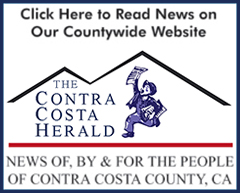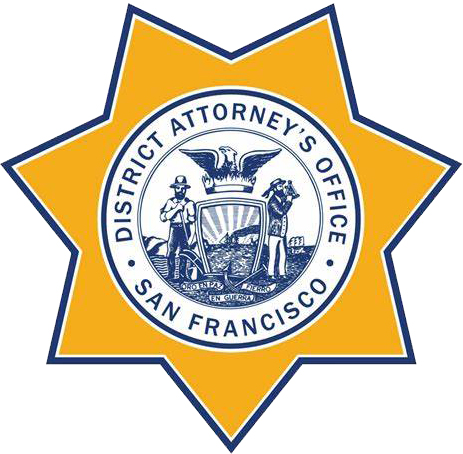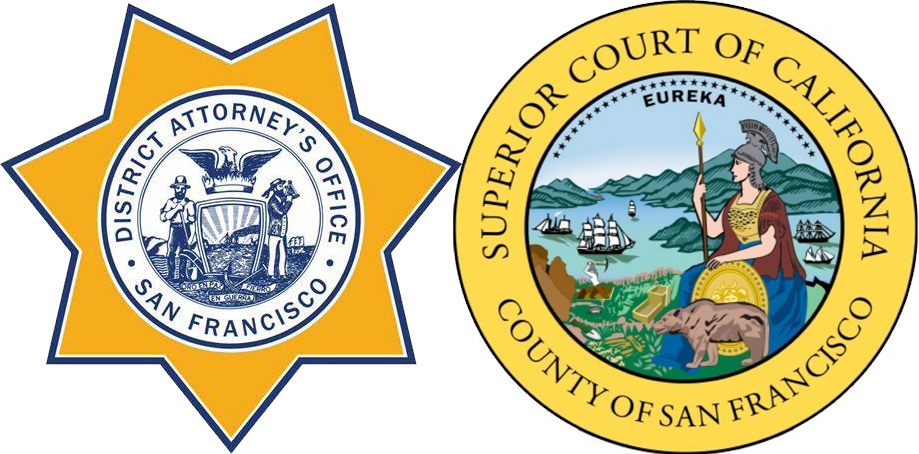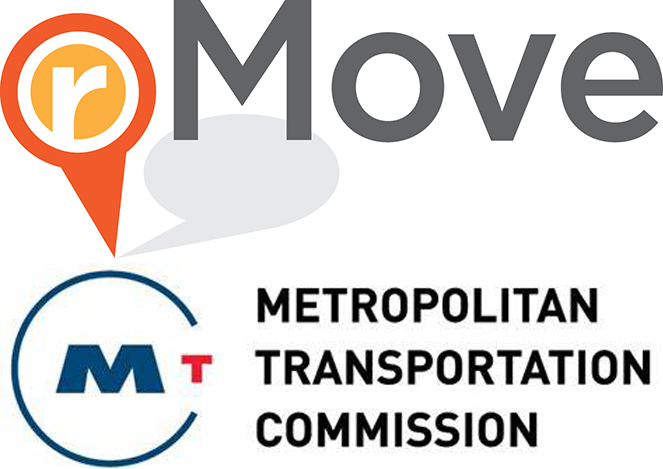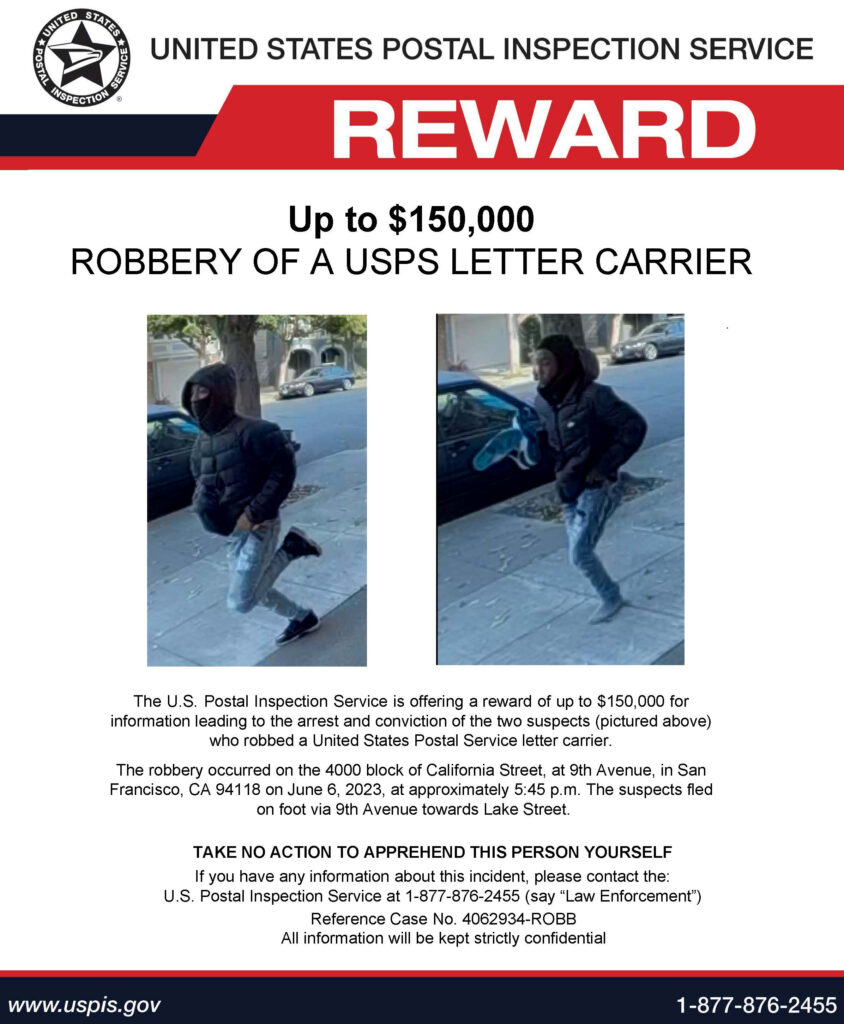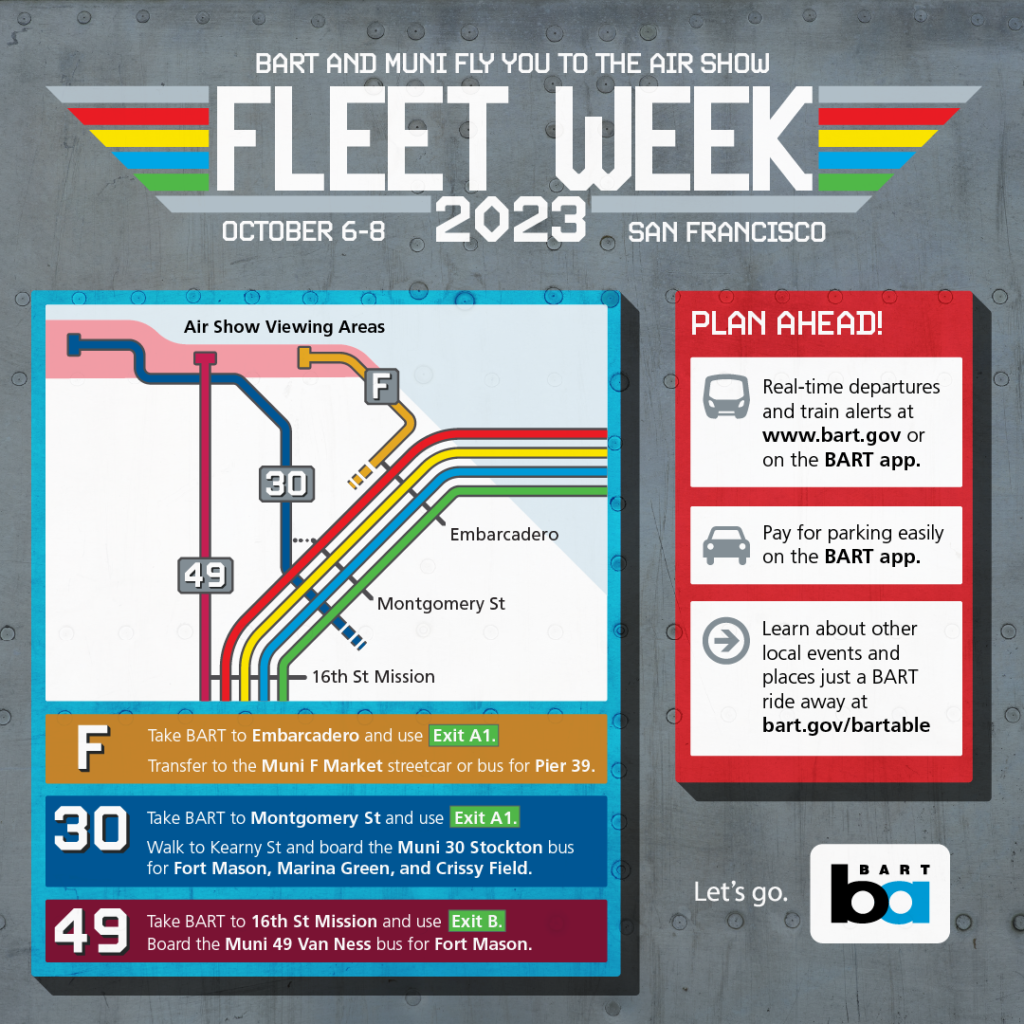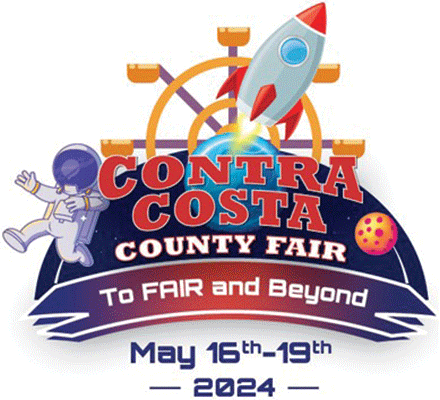Avoid travel headaches: Check 511 during APEC 2023 Summit Nov. 13-19
Sunday, November 12th, 2023
Two lanes of Bay Bridge will be closed.
Various ramps and ped/bike path closures scheduled along I-80 and U.S. 101 in San Francisco due to Asia-Pacific Economic Cooperation 2023 Summit
Information from MTC, CalTrans & CHP
People traveling to, from and within San Francisco next week can expect heavy congestion and traffic delays; transit reroutes, delays and crowding; and reduced or inconvenient pedestrian and bicycle access during the Asian-Pacific Economic Cooperation (APEC) 2023 Summit taking place in the city from Monday, Nov. 13, through Sunday, Nov. 19.
APEC is expected to draw more than 20,000 people, including heads of state and dignitaries from over 20 member economies, to downtown San Francisco. MTC encourages people to avoid traveling to San Francisco next week if possible. For those who must travel to or through the city, MTC encourages them to ride transit and to visit 511.org for critical travel alerts related to street closures and transportation delays.
In cooperation with the California Highway Patrol, and in coordination with our federal, state, and local law enforcement partners, Caltrans is implementing enhanced safety measures throughout our highway systems in and around San Francisco during the Asia-Pacific Economic Cooperation (APEC) 2023 summit starting Wednesday, November 15. The U.S. Secret Service recently designated the APEC summit as a National Special Security Event, requiring heightened security measures in and around the city of San Francisco.
Closures: At the request of federal, state, and local law enforcement agencies, Caltrans will be implementing the following closures to ensure the safety and security of all attendees and residents:
San Francisco / Oakland Bay Bridge
Closures of #1 (left) lane on Eastbound I-80 and #5 (right) lane on Westbound I-80
o Tuesday, November 14 through Friday, November 17, 2023.
o 4 Day Closure, beginning 11/14 at 5:00 AM, ending 11/17 at 9:00 PM.
o Controlled access to Bay Bridge Ped/Bike Path.
o No impacts to transit bus services.
o Treasure Island on-/off-ramps, Fremont Street off-ramp remain open.
Closures of 4th Street off-ramp from Eastbound I-80 and 5th Street off-ramp from Westbound I-80
o Wednesday, November 15 through Friday, November 17, 2023.
o 5:00 AM to 9:00 PM (Daily).
Closure of NB U.S. 101 Dana Bowers Vista Point off-ramp
o Tuesday, November 14 through Saturday, November 18 (Five Day Closure).
o No access to Dana Bowers Vista Point for vehicles, bicycles, or pedestrians.
o Golden Gate Bridge Pedestrian Path closed at north end of bridge; no pedestrian access from Marin County.
o Bicycle Path on west side of bridge to remain open between Marin County and San Francisco.
California Highway Patrol officers will be present to enforce these closures. We understand that these closures may cause temporary inconvenience, but they are essential to ensure the safety and security of this significant event and to promote immediacy and availability for emergency response. We encourage you to plan your travels, accordingly, allow extra time for your commute, and consider using alternative routes or public transportation during this period. Your patience and cooperation are greatly appreciated as we work to ensure the success of the APEC 2023 summit and the safety of our community.
Muni will reroute several transit lines from Nov. 13-19, and Muni Metro T-Third service will be suspended. For more details, visit SFMTA’s APEC information page. BART, Caltrain and the San Francisco Bay Ferry do not anticipate any major APEC-related impacts to their services.
For the Golden Gate Bridge, the Dana Bowers Vista Point off-ramp from northbound U.S. 101 will be closed from Nov. 14-18. There will be no access to the Vista Point for vehicles, bicyclists or pedestrians. The Golden Gate Bridge Pedestrian Path will be closed at north end of bridge, and there will be no pedestrian access from Marin County.
Most APEC activities will take place in the South of Market and Nob Hill neighborhoods. Due to the scale of the gathering, APEC also may create travel impacts on travel in other areas. People should expect a range of street impacts in and around the United States Secret Service security zones (Vehicle Exclusion Zones)(link is external) established for the conference and conference-related events. Pedestrians will be banned from APEC security zones unless they live or work there; and bicycles, whether traditional or e-bikes, also will be barred.
For 24/7 traffic updates, please visit 511.org: https://twitter.com/511SFBay. MTC operates 511 in partnership with Caltrans, the California Highway Patrol and other transportation agencies.
For real-time traffic, click on Caltrans QuickMap: http://quickmap.dot.ca.gov/






